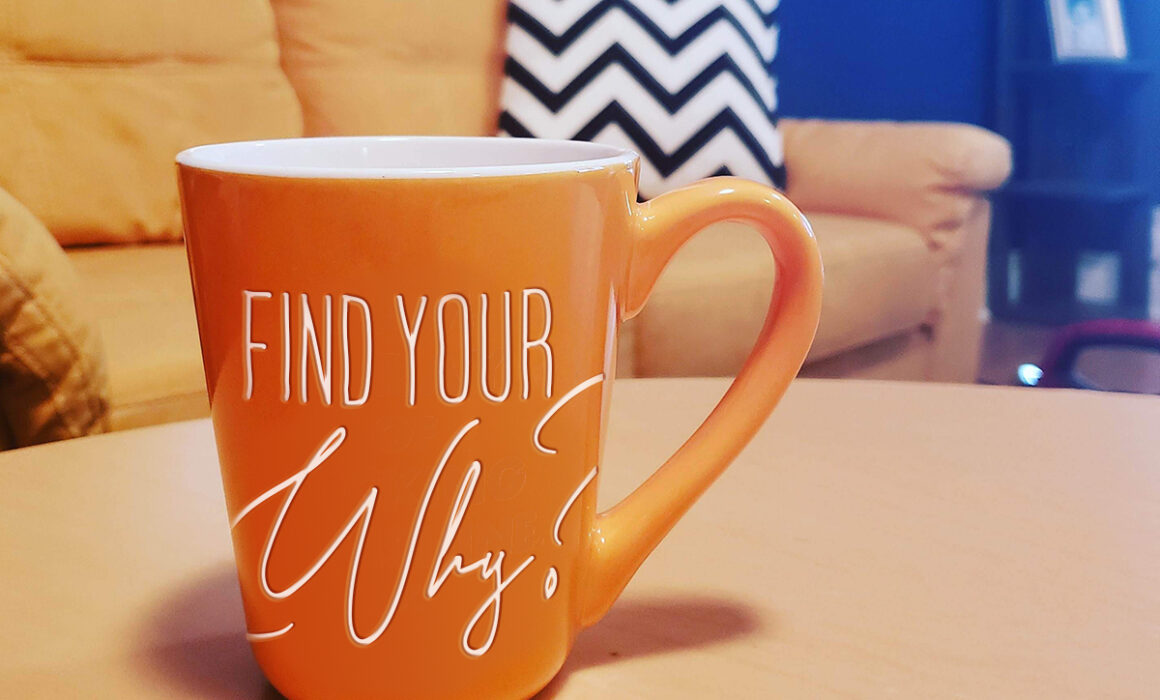Let’s Brand Strategize, Folks
BUT, LIKE, WHAT EVEN IS BRAND STRATEGY?
You’re here because you are dying to know about this thing we call Brand Strategy. MIRITE?? If you aren’t, then you should be, because a brand without brand strategy is like a plant without water (and plants without water are not cute, trust me).
Okay, let’s get to it. A brand strategy dictates every interaction that your brand has with the outside world so that your brand (and therefore your message) is consistent across the board. Creative is important (colors, logos), but brand strategy is what brings the creative to life, crafting a multi-faceted, living, breathing brand. Besides the obvious, why do you need it? Because the better your brand strategy, the better positioned and differentiated you are in the marketplace and the more likely you are to kick some competitor butt. Are you ready for that? Sweet. Here are the key elements of brand strategy that you need to know.
CREATING BRAND STRATEGY:
CHANNEL THE PINK GOLDFISH AND THE CHILDREN.
Purpose/Why
Small children may actually be onto something when they ask “why” over and over. As Simon Sinek (he has a Ted Talk so he’s pretty legit) says “…people don’t buy what you do, they buy why you do it”. Your purpose, or your “why” is the soul behind your brand and therefore the most important question that you need to answer when creating a brand strategy. Don’t let it come as a surprise that it is also the hardest (but we got you).
Experience
Personality
Step one: buy a goldfish and dye it pink. Kidding. Don’t do that because it’s fish cruelty and won’t help your brand. Take two. You know how I said earlier that a great brand strategy creates a living, breathing, human brand? Okay so this is the part where you start to create one; cracking voice and imperfections included (but no batteries). Real brand imperfections translate into authenticity which people relate to. Not to mention, a healthy love for your brand’s (very human) flaws helps it stand out as a pink goldfish amongst all of those orange goldfish competitors. Stan Phelps says it best in his book: Pink Goldfish.
Consistency
Emotion
Loyalty
Values
Employee Activism
BRANDS GET TO PLAY DRESS-UP TOO.
Get it? Got it? Or you’re starting to, right? Basically, brands are a lot like people. They have feelings (or evoke them in others), values, and personality and you want to make sure to get them right from the get-go. If you’ve read this whole thing but your brand still isn’t’ standing up and walking out the door, give LunaBird a call (or text or DM or send a letter if that’s your thing). Still want to know more? What’s that? You love this blog? Next we will discuss another part of Brand Development– Brand Identity. This is all I will say until next time: a logo is not a brand. Ciao!





